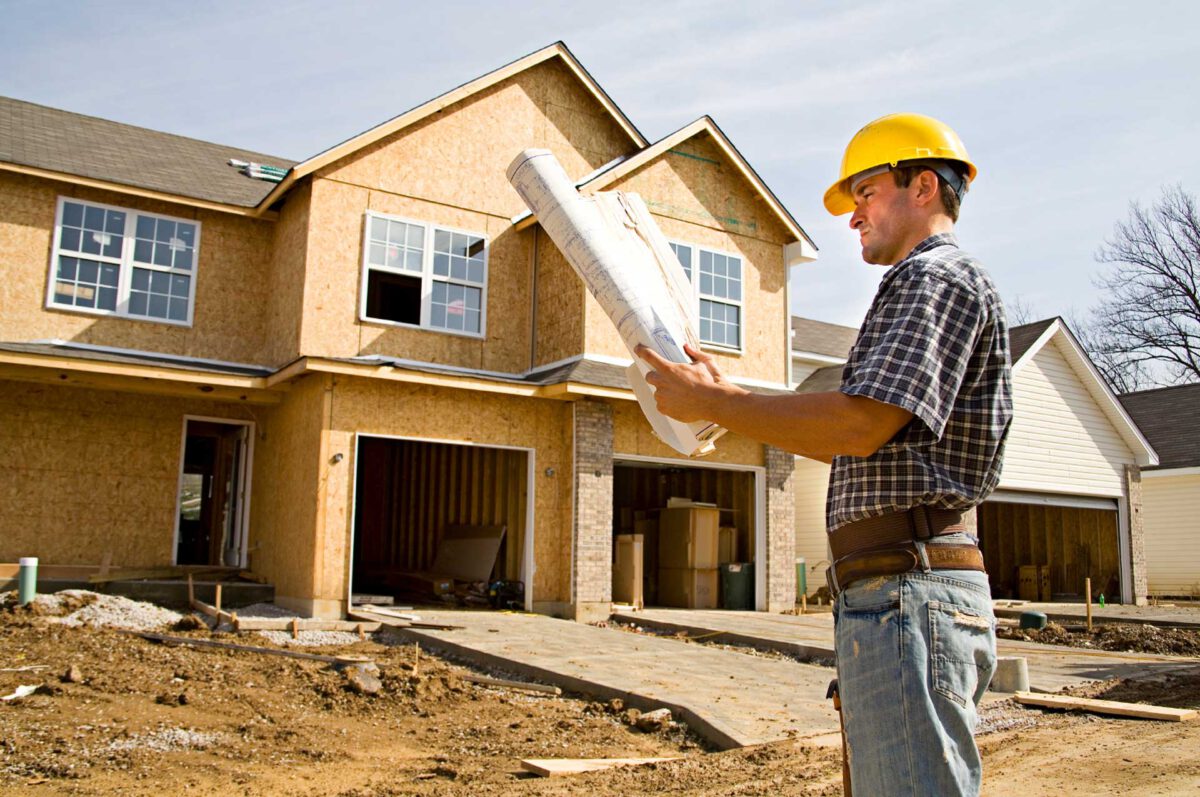1. Often, common walls of the houses are a common cause of tiff between two house owners. Wherever the bylaws don’t allow a common wall, this situation is avoided. Otherwise the one who has built his house earlier of the two is the sufferer. Though the second house builder pays 50% of the cost of the wall to the first, the chasings made in the wall to provide bearing to the slabs often leave scope for ingress of moisture in the first house. Curing of slabs further adds to the first house owners’ woes. Moisture may damage the inner plaster and paint. Numerous other problems may arise. Second house builder should therefore give due consideration to this aspect.
2. Sometimes, the first house owner lays his slab providing full bearing on the common wall. In this case, if plinth level of two houses is same, the second house owner gets no bearing for the slab of his house and a deadlock is created. Dismantling of edge of concrete slab and the steel in it is not easy. Ask your contractor to be extra careful and your house must not be built by killing other one’s happiness. More and more cities and states are now revising their bylaws to avoid a common wall and consequently any dispute between the two neighbours.
3. Ask your engineer to consider the depth and width of foundation of the common wall of two houses before putting load over it. For this, the drawing should be asked from the house owner. If the drawing is not available, a suitable pit may be dug to know the existing foundation details. It will be in the benefit of both the house owners. Slabs should be rested on the wall only if its foundation is capable of taking the additional load and the engineer should make calculations to check the same. Never raise pillars or a load bearing wall over the existing boundary wall of adjacent house. Boundary walls have nominal foundations and can’t carry load of the structures.
4. When a wall is to be raised near an existing wall, take care that the foundation of existing wall doesn’t get damaged. A dangerous situation arises if depth of new foundation is more than the depth of existing foundation. Better is to provide a foundation of same depth and to butt the mud mats of two foundations. Otherwise the depth of new foundation must not be greater than the distance between the two walls. In other words, a distance equal to or more than the depth of new foundation must be left between the two walls. Proper shoring should be provided to the existing structure till the new foundation is completed. Otherwise the old structure may develop cracks.
5. There is a general tendency among the masons and the contractors to prepare the cement mortar required for half day’s brick masonry and plaster work in the morning itself and then to keep using it. At the most, a person is asked to keep turning the mortar and sprinkle water over it from time to time. This is most undesirable and shouldn’t be allowed. Such mortar loses most of its strength by the time it is used and doesn’t provide much bond or strength to the masonry or plaster work. Cement undergoes initial setting in just half an hour after its contact with water. So always take care that only that much mortar is prepared at one time which can be consumed within half an hour. At the most, dry mix of cement and sand can be kept ready but water should be added to parts of it from time to time and mortar should be prepared every half hour to have best results.


